It is a common refrain by group participants that after a few weeks and months friends have disappeared. Hurt and puzzlement is written all over their faces. “What happened? No one calls me now. They were all around at first, and then, poof! I don’t understand.”
We often talk about this emotional impasse. The group is a safe and understanding place to express anything and everything because participants are all on the same journey, though in different vehicles and going at different speeds.
We are a death-averse and grief-averse society and no one knows how to deal with great loss until it happens to him/her. In this framework, the disappearance of friends is understandable. How can you know about something before you experience it? Someone will say with humility that they did not understand what a friend or relative was going through years earlier before they, too, lost someone dear.
So there we have it. Friends and family probably do not feel comfortable with their feelings and avoid you, the griever. It hurts. We realize that we need to let people know what we want and do not want, though that seems unfair. Why does the beleaguered sorrower have to help other people know what to say?
It is possible to brainstorm what to say to others who ask how you are, or who call too much, or never call. Other people do want to help, but, even when they have had their own loss, they do not know how to help you. They will appreciate hearing what you need and do not need.
Something to ponder: While good friends and neighbors may want very much to relieve your pain, they can do so only, even with a tip from you, within the limit of their emotional ability. One person’s raw pain can feel like fire to someone who is not able or ready to feel their own pain.
Contacting people who seem to have dropped off the face of the earth can feel risky but dividends are large.
Some approaches:
• Hi. I am calling because I haven’t heard from you and I know you love me and probably don’t know what to say. Is that right?
• There is no way you would know this, but you know what I would like? To go out to lunch once a month with you. And talk about (loved one).
• It is fine to talk about (loved one). In fact, I love reminiscing.
All This Stuff!
Then there’s the stuff. Where did it all come from? Everything reminds you of your lost loved one. People have different schedules for dealing with the departed’s possessions, clothing, knickknacks, etc.
Some cannot open that closet or that box for weeks and months. Some people turn down every photo in the house while others put more around. Every object is replete with meaning, overflowing with memories and significance. Can we stand it?
We speak in the group about personal victories. One woman was able to open that drawer last week (applause). A man went to a fave restaurant by himself (applause). A sister called that brother who has been estranged (applause). A bereaved mother got out of bed by 9 a.m. every day last week (major applause). An adult took a few (not all) of her mother’s dresses to a charity.
Sometimes people wear items of clothing that belonged to the loved one. The smells and textures of the clothing are poignant sensations that both hurt and comfort.
“No, I haven’t touched her bureau. The comb, brush, and perfume are exactly as she liked them.” “I haven’t been able to sleep in our bed for a year. I sleep on the roll-out bed downstairs.”
Essentially, there is an organic quality to this. Keep things that matter; donate the rest.
You can take a photo before giving away a special item. To everything there is a season, including holding on to physical stuff until the loved one’s presence is integrated.
Eileen Epperson leads both virtual and in-person grief support groups. Reach out to her at elethegriefjourney@gmail.com

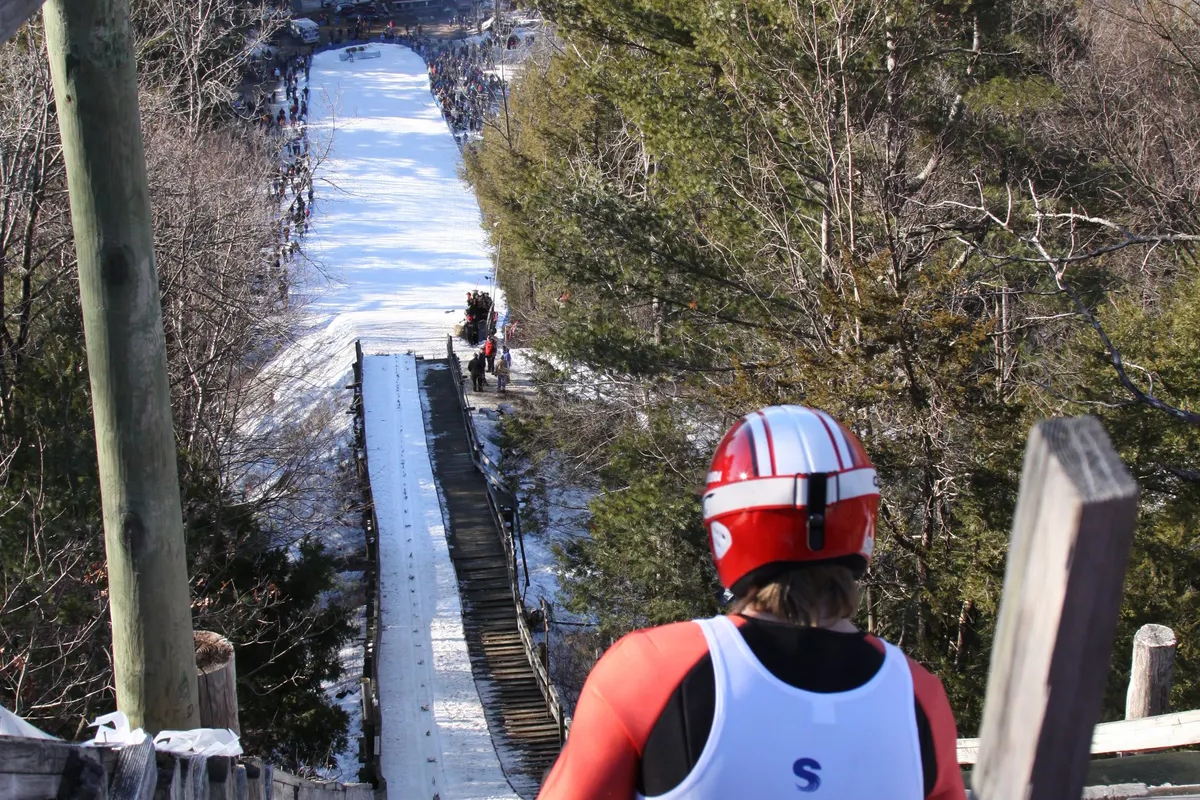
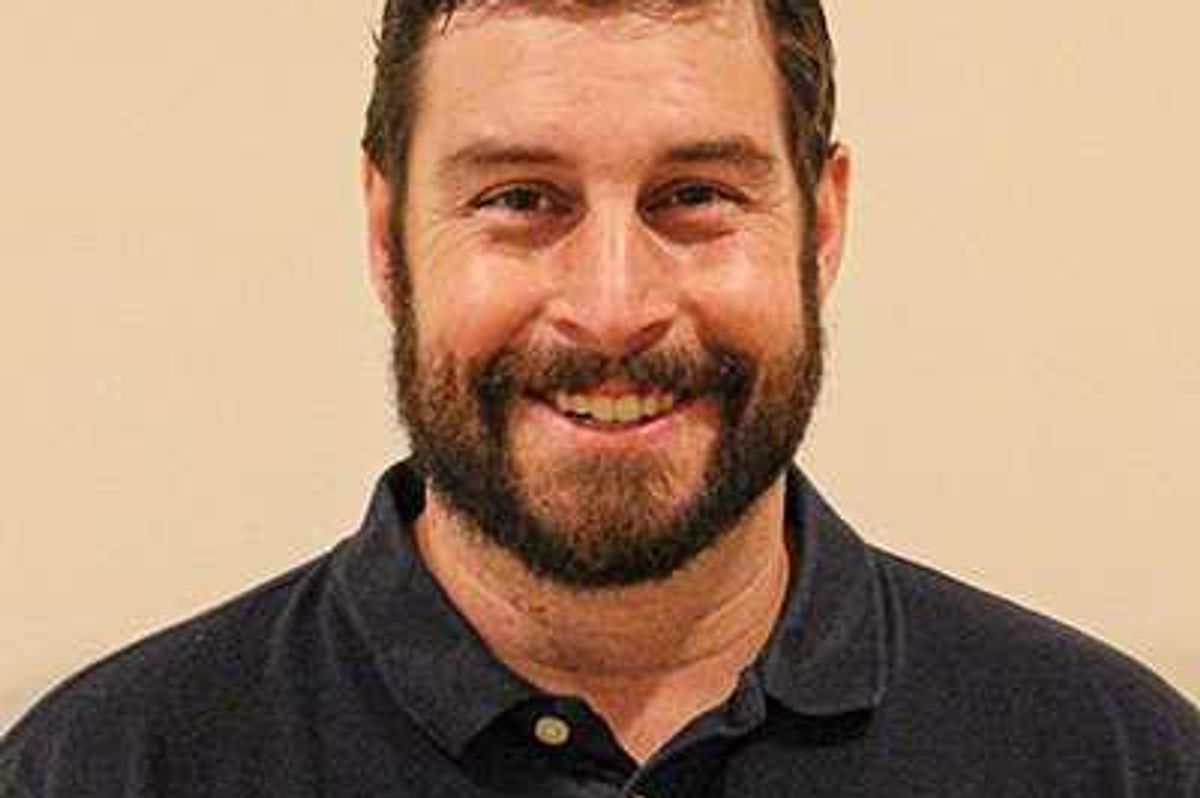
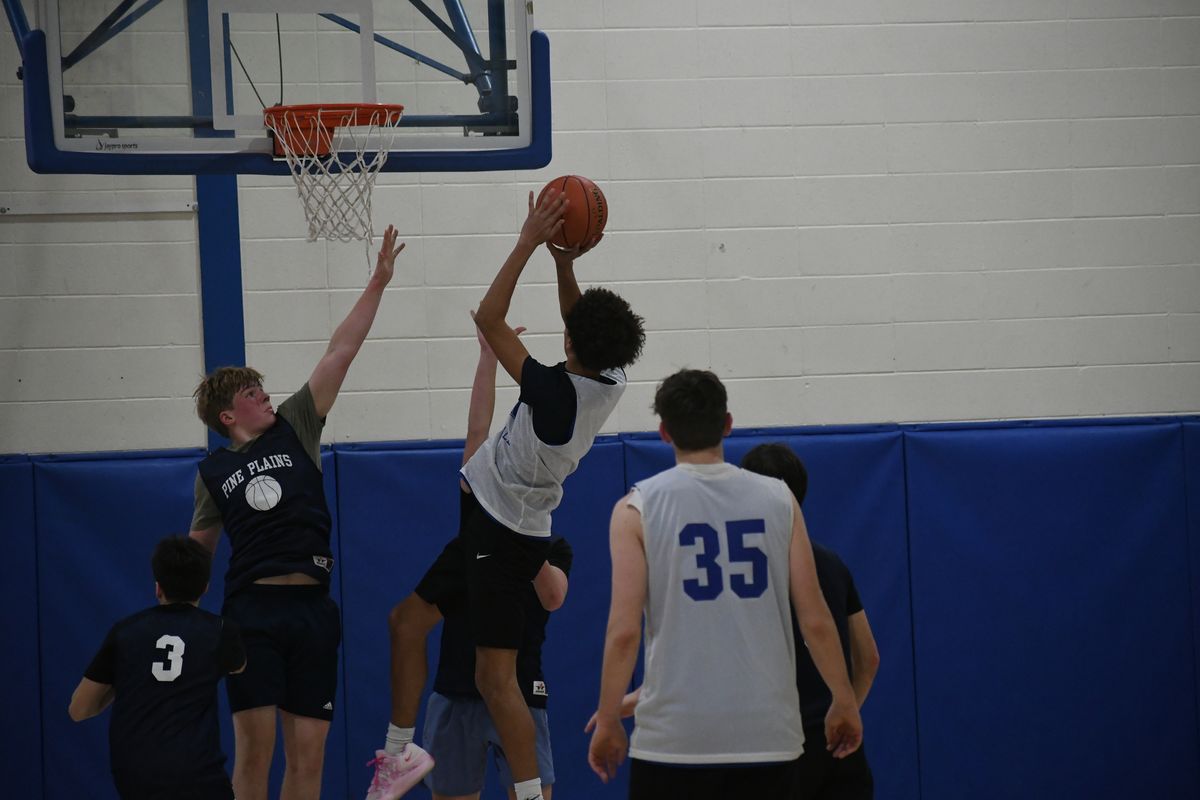
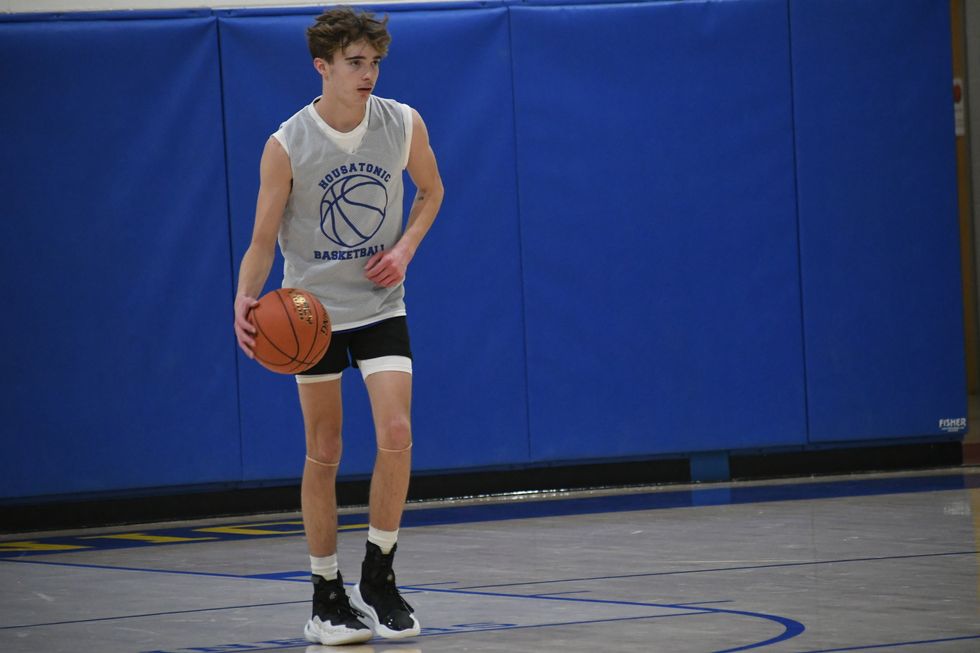 Nick Crodelle dribbles the ball up the court during the game.
Nick Crodelle dribbles the ball up the court during the game.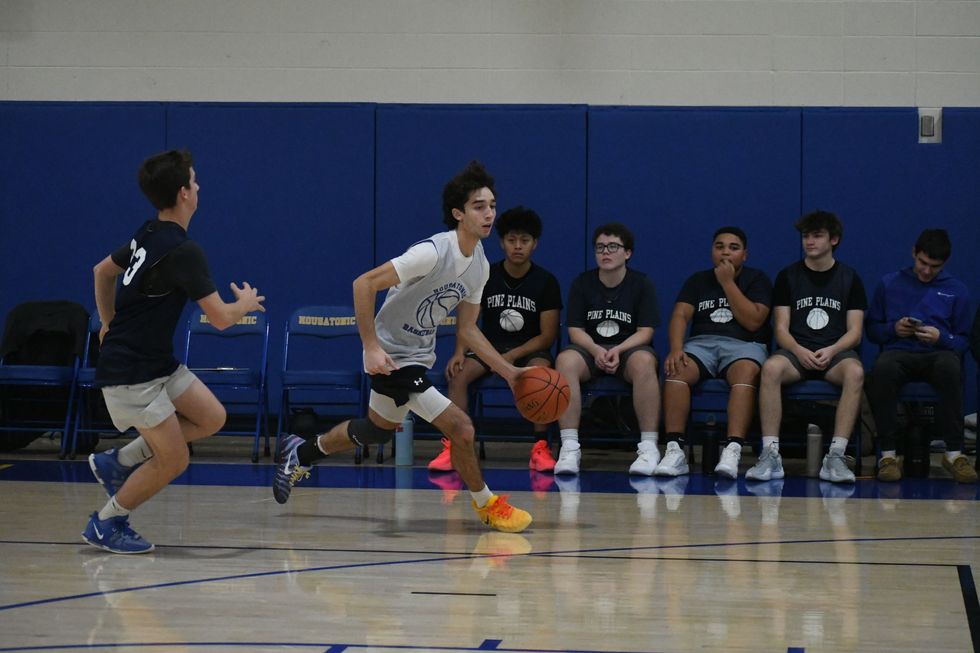 Anthony Labbadia
Anthony Labbadia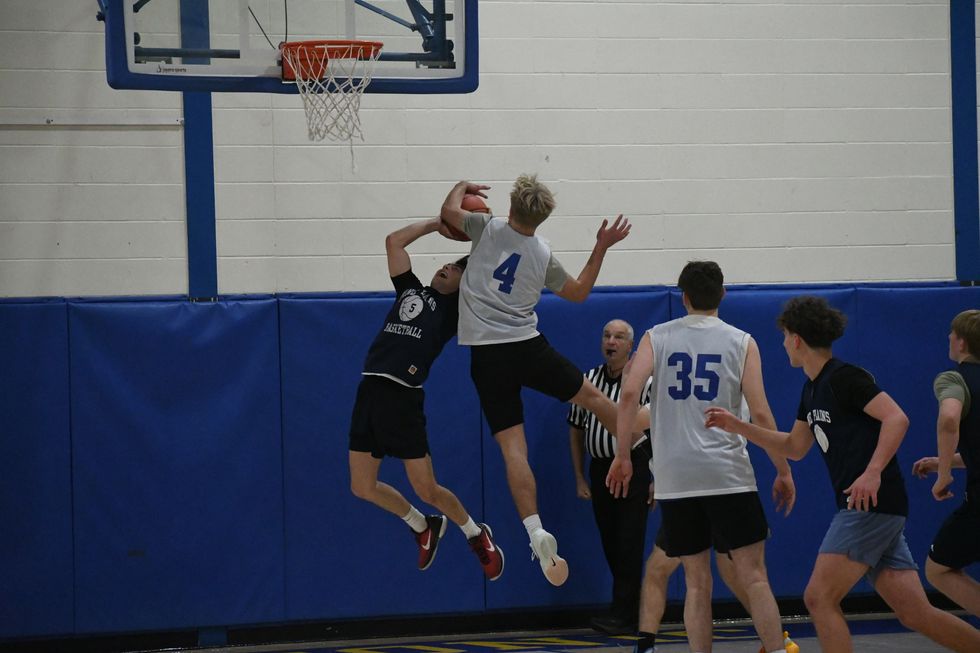 Owen Riemer block By Riley Klein
Owen Riemer block By Riley Klein 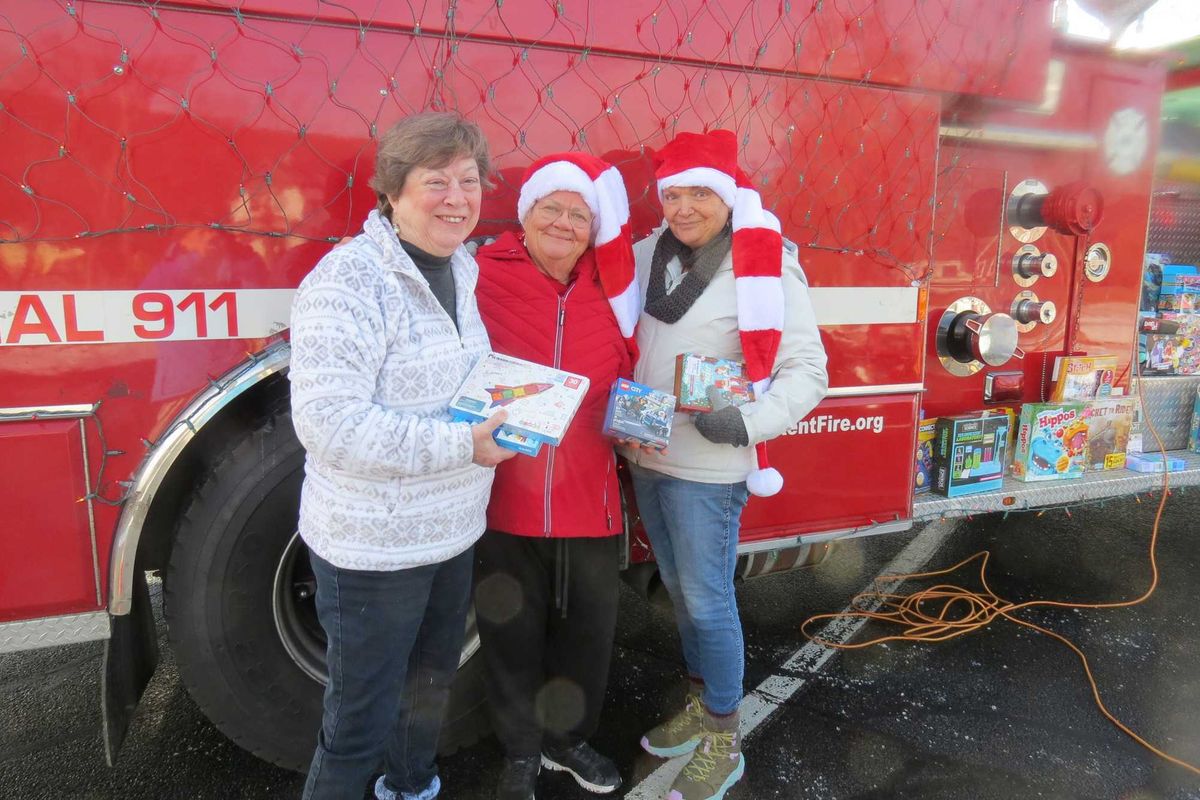
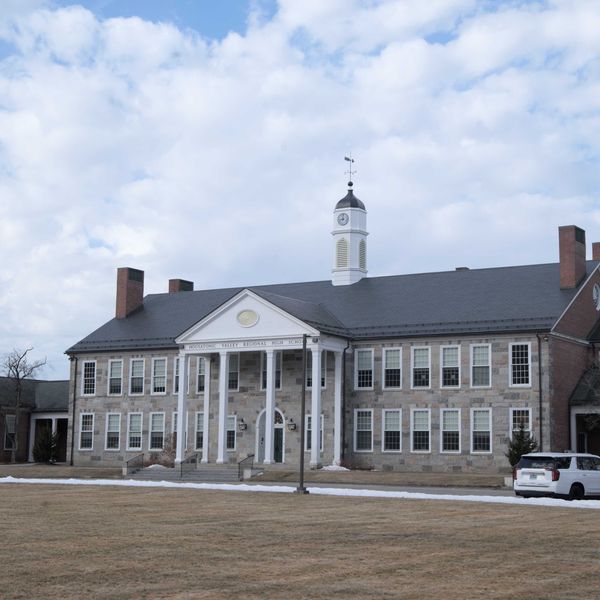
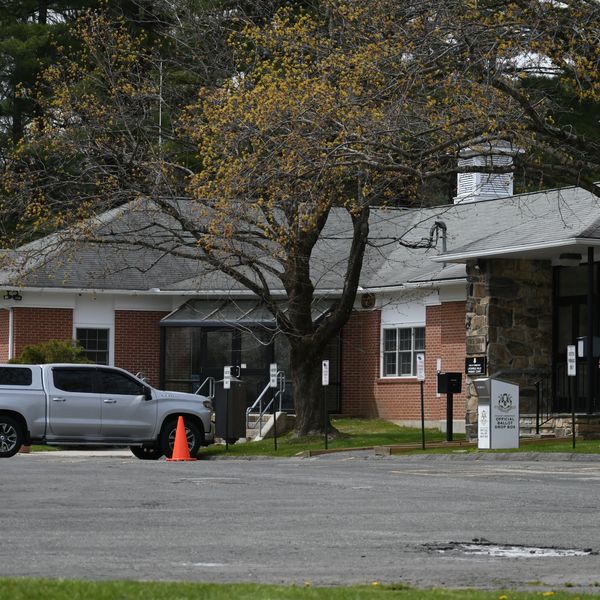



Where did everyone go? And what do I do with this stuff?